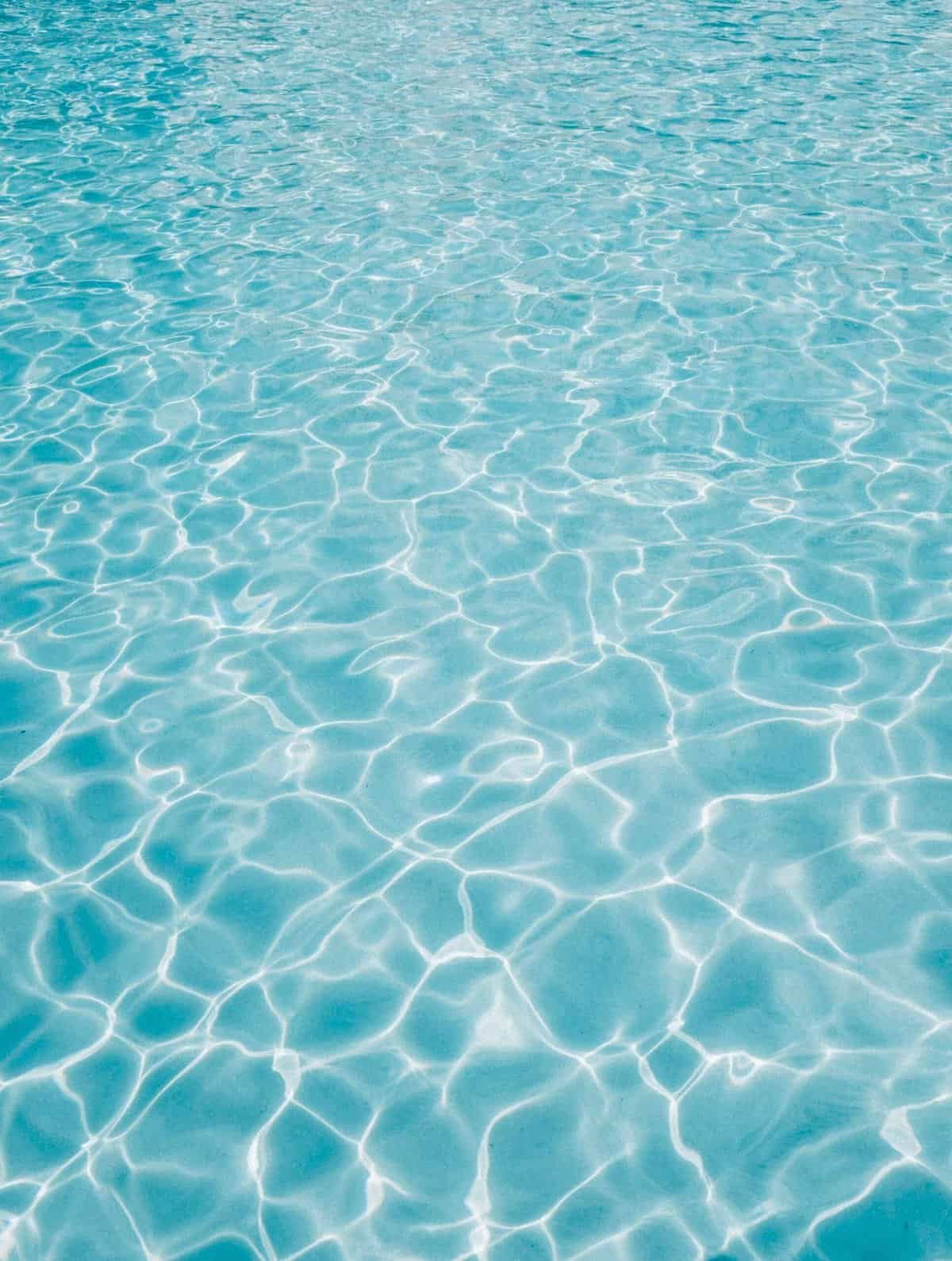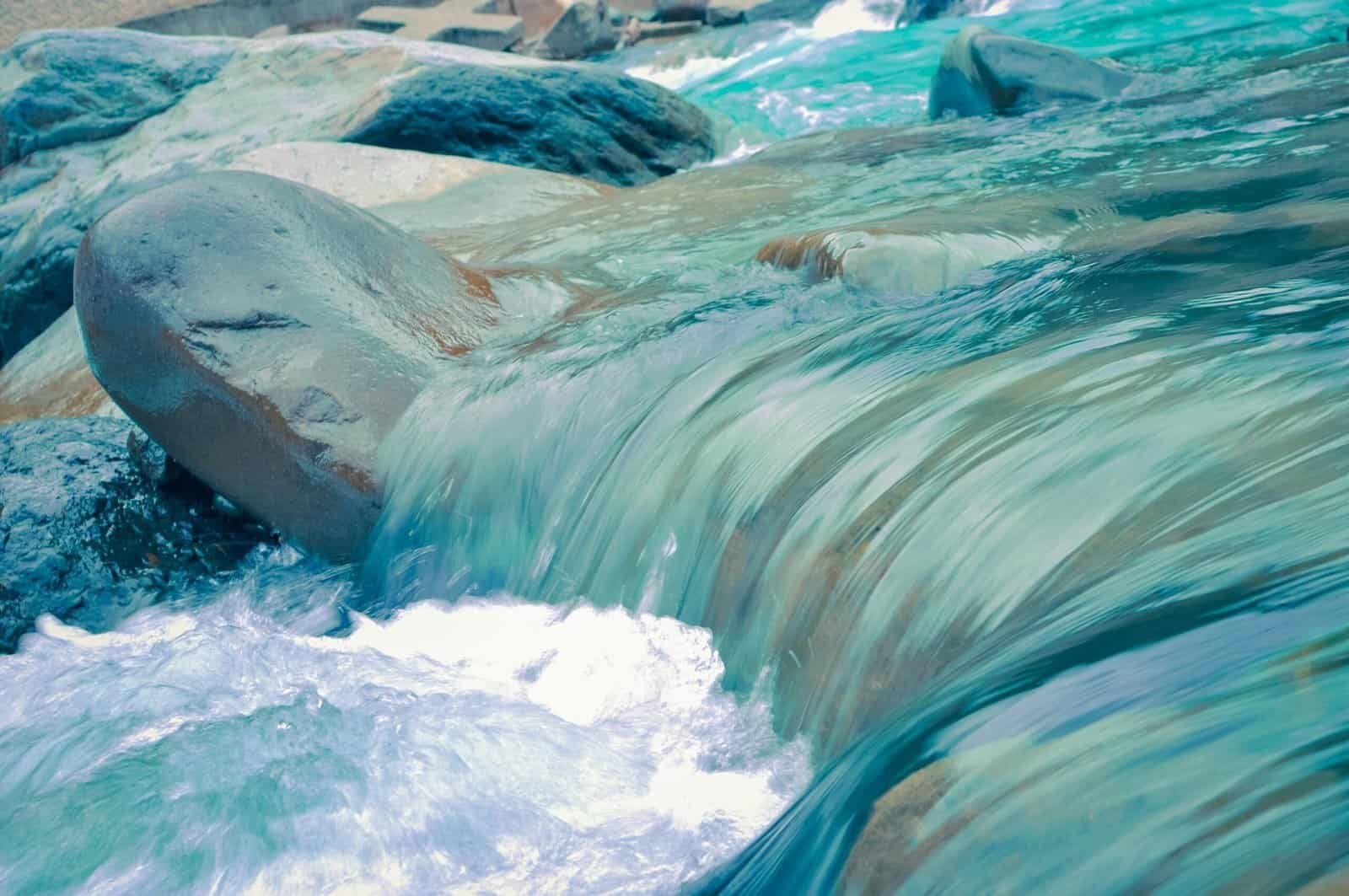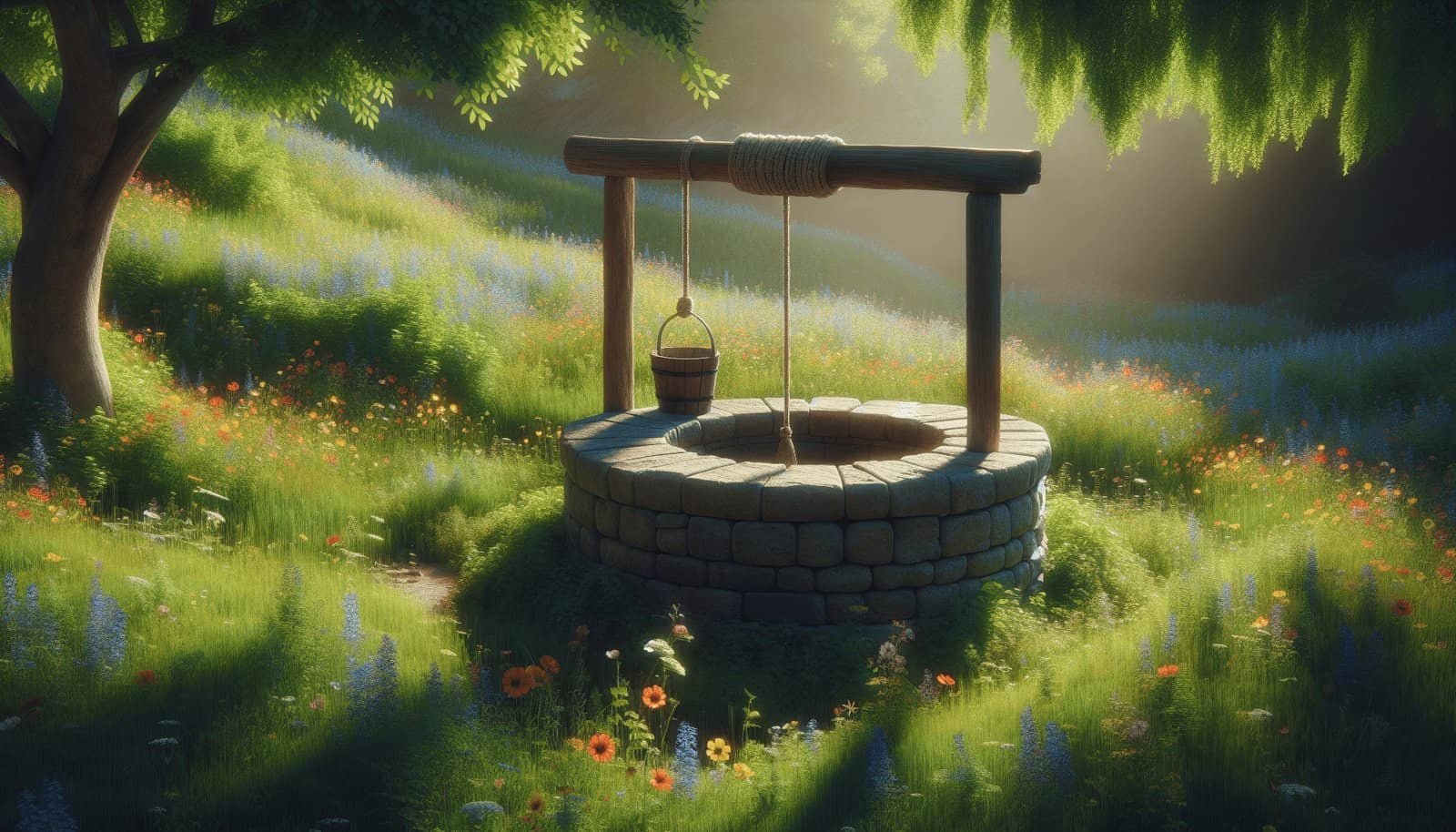Have you ever wondered how to maintain the quality and purity of your water well? Keeping a well clean is not just a matter of ensuring fresh and safe drinking water, it also protects the well’s infrastructure and extends its longevity. Whether your well is an old hand-dug one or a modern drilled installation, maintaining it properly is key to uninterrupted water supply and health security. Let’s delve into some best practices that will help you keep your water well in tip-top shape.

Understanding the Importance of Well Maintenance
Before diving into the cleaning practices, it’s vital to understand why regular maintenance of your water well is important. Proper upkeep prevents potential health hazards and ensures the water supply remains clean and abundant. Overlooking maintenance can lead to contamination, system failures, or even costly repairs.
Health Implications of Poorly Maintained Wells
A neglected water well becomes a breeding ground for bacteria and contaminants that can lead to severe health issues. Contaminated water can cause diseases like cholera, dysentery, and other gastrointestinal problems. Maintaining a clean well is essentially safeguarding your health.
Economic Benefits of Regular Maintenance
Regular maintenance not only prevents health risks but also saves you money in the long run. A well-kept water system operates efficiently, reducing the need for expensive repairs and improving the well’s lifespan. Investing time and effort in maintenance today will yield economic benefits in the future.
Identifying When Your Well Needs Cleaning
It’s crucial to know when your well requires cleaning. Ignoring the signs can lead to water quality deterioration and system damage. Here are some indicators that your well might need attention:
Signs of Contamination
Common signs of water well contamination include changes in water taste, odor, or color. If you suddenly notice earthy or metallic tastes, smells, or any discoloration, it’s likely time for an inspection and cleaning.
Physical Indicators and System Performance
Low water pressure or sputtering faucets can signal that your well requires a clean-up. Sediment build-up or physical blockages within the system can affect performance and water delivery.
Preparation: Steps Before Cleaning
Preparation is key to successful well cleaning. Adequate preparations ensure the process is safe, effective, and thorough.
Conduct a Water Test
Testing your well water is an essential first step. This determines the presence of contaminants and helps tailor the cleaning process accordingly. Utilize test kits or hire professionals for a comprehensive analysis.
Gather Necessary Equipment
Equipping yourself with the right tools eases the cleaning process. You will need items like protective gear, a submersible pump, brushes, and appropriate cleaning agents or disinfectants. Having these ready makes the task smoother.
Best Practices for Cleaning a Water Well
We now venture into the process of cleaning a well. Each step is crucial and should be executed with care. Here’s a comprehensive guide to doing it right.
Step 1: Ensure Safety First
Safety should be your primary concern. Wear protective clothing such as gloves, goggles, and masks to protect yourself from contaminants. Ensure the area is well-ventilated to avoid inhaling dangerous fumes from cleaning agents.
Step 2: Disconnect the Power Supply
For safety reasons, disconnect any electrical supply to the well pump. This prevents accidental electric shocks during the cleaning process. Ensure all electrical components are dry before reconnecting them.
Step 3: Remove Accumulated Debris
Start by removing any visible debris or soil around the wellhead. This physical cleaning helps prevent contaminants from entering the well during the cleaning process. Simple tools like brushes or cloth rags can be effective.
Step 4: Flush the System
Flushing involves removing stagnant water and sediments from the well system. You can achieve this by running water at high pressure through the system, effectively washing away debris and buildup.
Step 5: Use Chlorination for Disinfection
Chlorination is a standard method for disinfecting wells. Pour a measured quantity of chlorine bleach into the well, ensuring it circulates throughout the system. Let it sit for several hours to kill bacteria and other microorganisms.
| Chlorine Quantity | Well Depth (in feet) |
|---|---|
| 2 cups | 30 |
| 4 cups | 60 |
| 6 cups | 100 |
Step 6: Rinse the Chlorinated Water
After chlorination, it’s essential to thoroughly rinse the well. This step removes any residual chlorine, ensuring the water is safe for consumption. Pump the water out until no smell or taste of chlorine remains.
Step 7: Final Water Testing
Once the cleaning is complete, conduct a final water test to ensure no contaminants or chemicals remain. This step confirms the cleaning’s effectiveness and the well’s readiness for use.

Maintaining Cleanliness Post-Cleaning
Cleaning is only part of well maintenance. Consistent upkeep practices are necessary to maintain the well’s cleanliness and functionality.
Regular Inspections
Schedule regular inspections to catch potential issues early. Monitor changes in water quality and pressure, and act swiftly when discrepancies arise. An inspection every six months is recommended for optimal maintenance.
Implementing a Protective Barrier
Install a protective seal or cap on the wellhead to prevent contamination. This barrier serves as the first defense against foreign materials and pollutants entering the system.
Professional Assistance: When to Call the Experts
There are instances when professional help is necessary. Whether due to complexity or lack of expertise, knowing when to seek help can save you time and avoid further issues.
Complex System Issues
If your well involves intricate systems beyond basic cleaning, professional intervention ensures the problem is addressed effectively. High-tech wells may require equipment or expertise not readily available to homeowners.
Persistent Contamination
If contamination persists despite cleaning attempts, a professional diagnosis might reveal underlying causes unknown to the layman. Engaging experts ensures the root problem is identified and resolved conclusively.

Conclusion
Maintaining a clean water well is essential for preserving water quality and availability. Understanding when and how to clean your well prevents potential health hazards and extends the system’s lifespan. By following these best practices, you ensure your well remains a reliable source of clean water. Regular maintenance helps safeguard your health, saves costs, and guarantees an uninterrupted water supply for your household. Whether tackling it yourself or calling in the professionals, prioritizing well care is an investment in your health and home.

